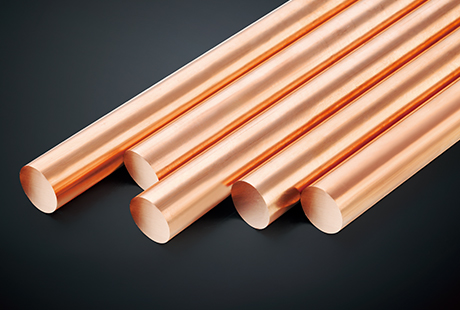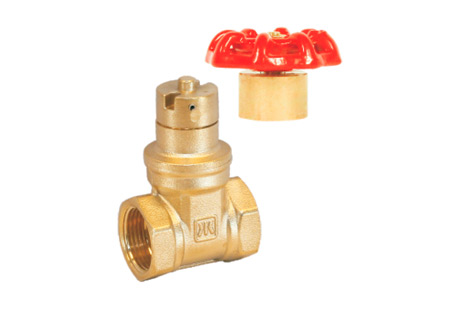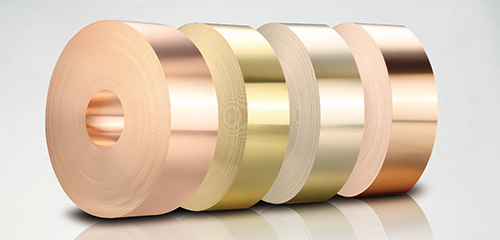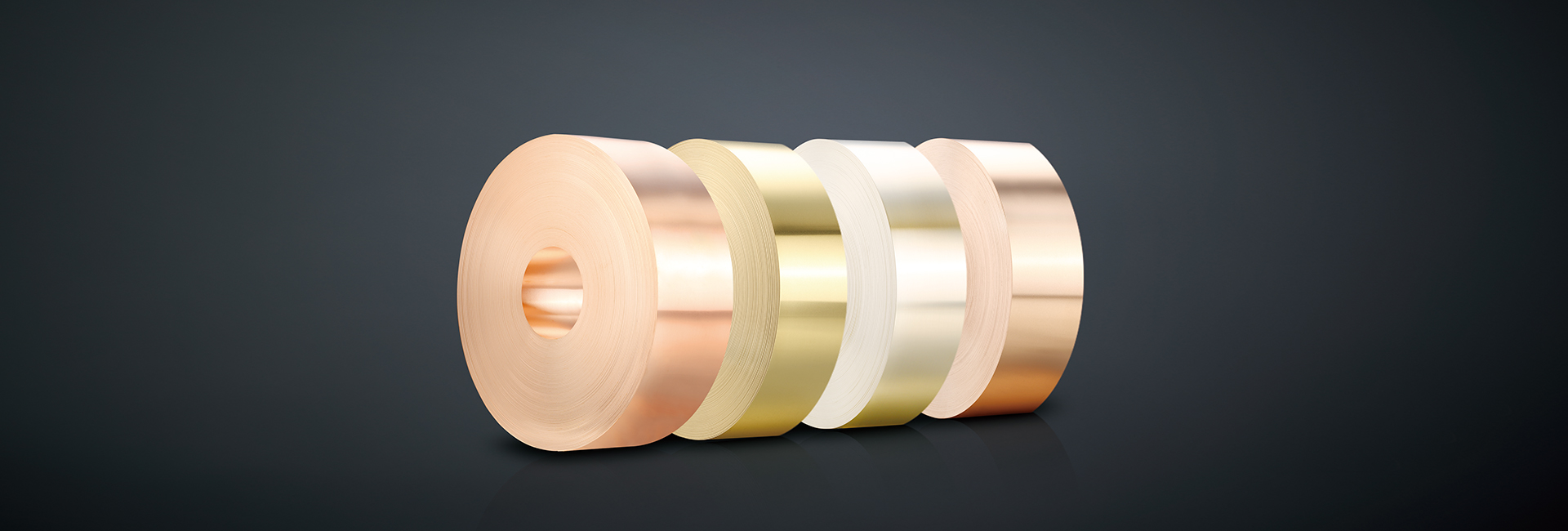Copper wire is a vital component of various industries, from electrical engineering to telecommunications. However, it doesn't come straight off the production line ready for use. To optimize its mechanical and electrical properties, copper wire undergoes a meticulous heat treatment process known as annealing. By understanding the science behind annealing, we can appreciate how it enhances copper wire for superior performance.
The Transformational Power of Annealing: Changing Copper Wire at the Molecular Level
Annealing involves subjecting copper wire to carefully controlled heating and cooling cycles. This process induces molecular changes within the wire, leading to improvements in its mechanical strength, electrical conductivity, and overall usability.
During annealing, the copper wire is heated to a specific temperature, allowing the copper atoms to diffuse, migrate, and arrange themselves into a more ordered crystal lattice structure. This rearrangement helps eliminate any dislocations or defects that may have occurred during the wire manufacturing process. As a result, the wire becomes more ductile, malleable, and resilient, making it easier to bend, twist, or form into various shapes without compromising its integrity.
Fine-Tuning Copper Wire Properties: The Role of Cooling Rates
The cooling part during copper wire annealing process during annealing is just as important as the heating phase. The cooling rate determines the size and structure of the copper wire's crystal grains, which directly influence its mechanical and electrical properties.
Rapid cooling, known as quenching, produces smaller grains and enhances the wire's strength and hardness. This is beneficial for applications that require high tensile strength and resistance to external forces, such as overhead power transmission lines. In contrast, slow cooling allows larger grains to form, resulting in improved electrical conductivity, softness, and flexibility. This type of annealing is ideal for applications where copper wire needs to be easily shaped and routed, such as in electronics manufacturing or circuit board assembly. By precisely controlling the cooling rate, copper wire manufacturers can fine-tune the properties of the annealed copper wire to meet the specific requirements of various industries and applications.
Customizing Annealing Techniques for Optimal Copper Wire
Annealing isn't a one-size-fits-all process. Different annealing techniques can be tailored to suit specific applications and desired outcomes. In continuous annealing, long lengths of copper wire are continuously passed through a controlled heating and cooling system. This method is commonly used in large-scale production, ensuring consistent and uniform annealing throughout the wire.
In contrast, batch annealing involves treating copper wire in discrete batches, allowing for more customization and flexibility. This technique is often employed in applications where highly specialized properties are required or when dealing with smaller volumes of wire. Additionally, selective annealing is a method where only specific sections of the copper wire are annealed. This technique is useful in applications where localized softening or hardening is needed, such as for connectors or terminals. The ability to customize annealing techniques enables manufacturers to optimize the performance and characteristics of copper wire based on the unique requirements of each application, enhancing its overall usability and effectiveness.
The art of annealing empowers copper wire to reach its full potential by enhancing its mechanical and electrical properties. Through careful heating, cooling, and crystal structure manipulation, annealing transforms copper wire into a versatile and high-performance material. The customizable nature of annealing techniques allows manufacturers to tailor copper wire properties to meet the exacting demands of various industries and applications. By optimizing the performance of copper wire, annealing plays a pivotal role in powering innovation across multiple sectors, making our modern world possible.

 English
English 日本語
日本語 한국어
한국어 français
français Deutsch
Deutsch Español
Español italiano
italiano العربية
العربية tiếng việt
tiếng việt Türkçe
Türkçe ไทย
ไทย 中文
中文




